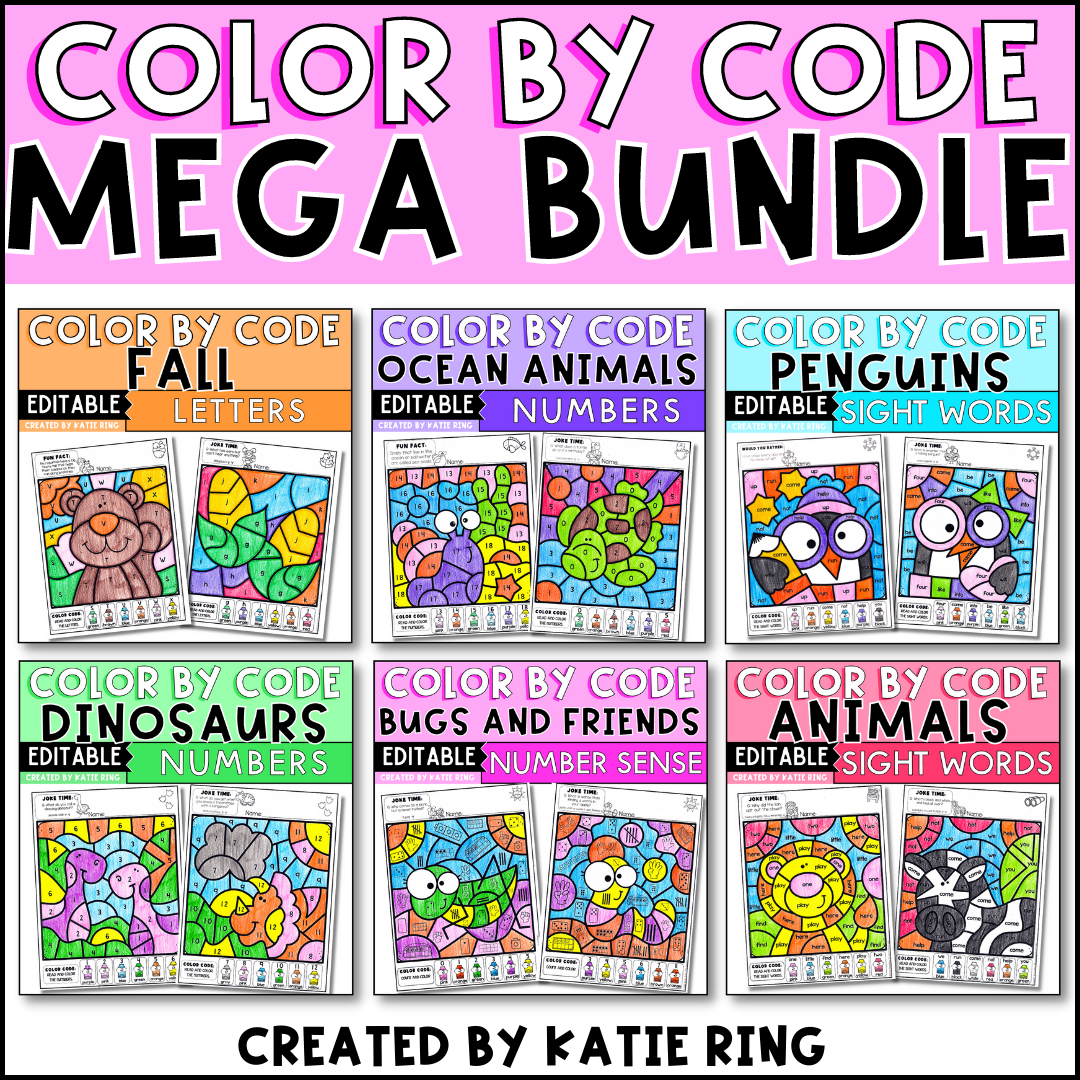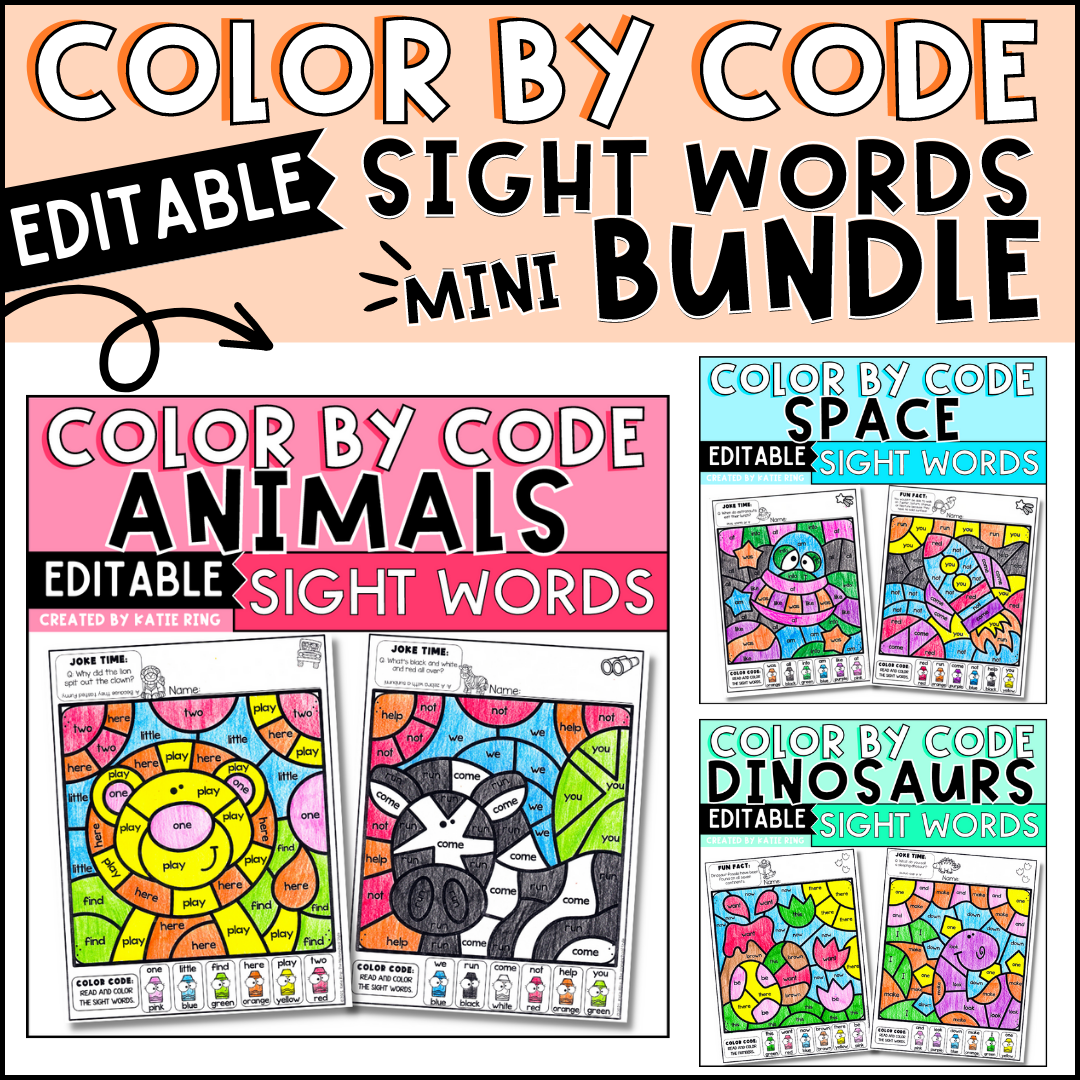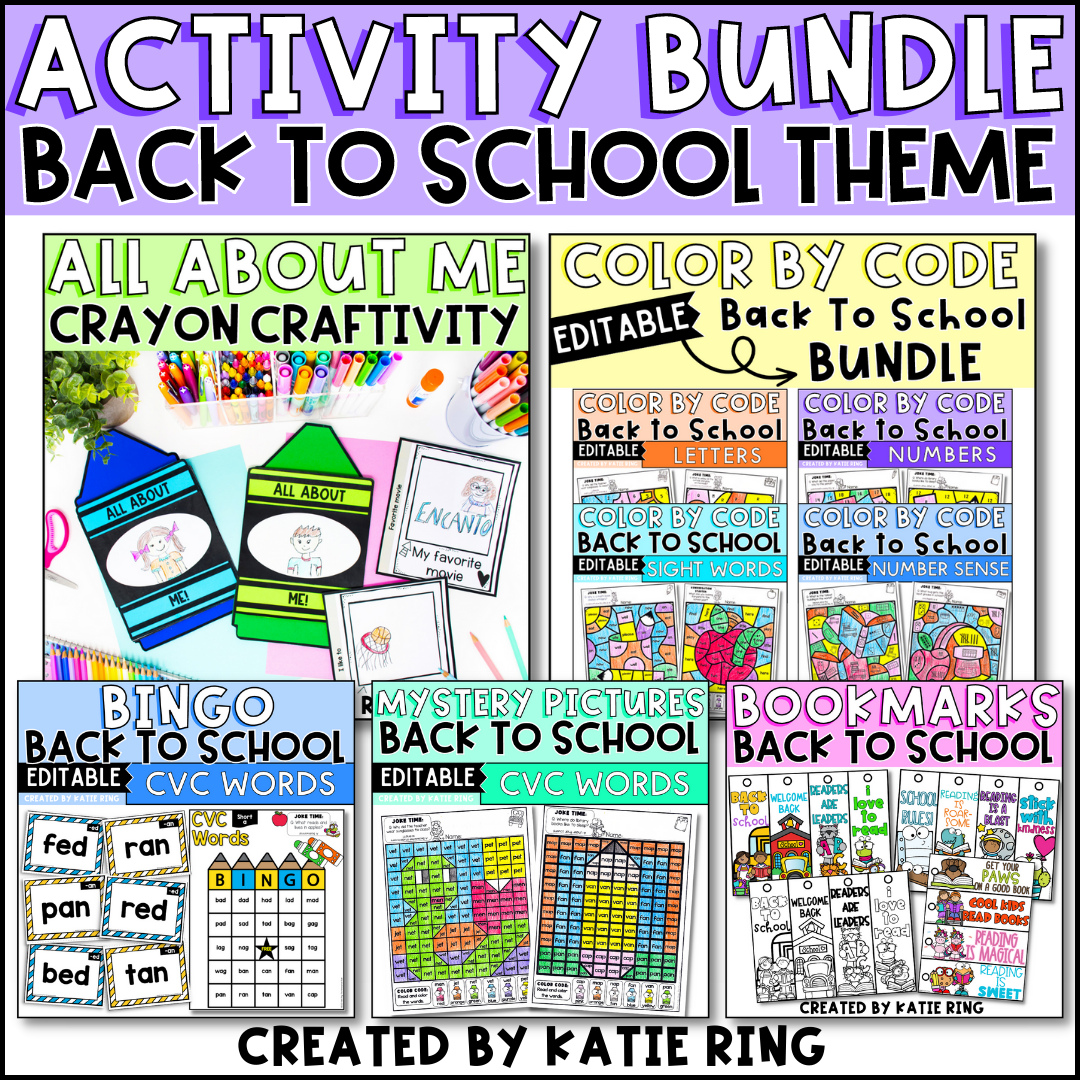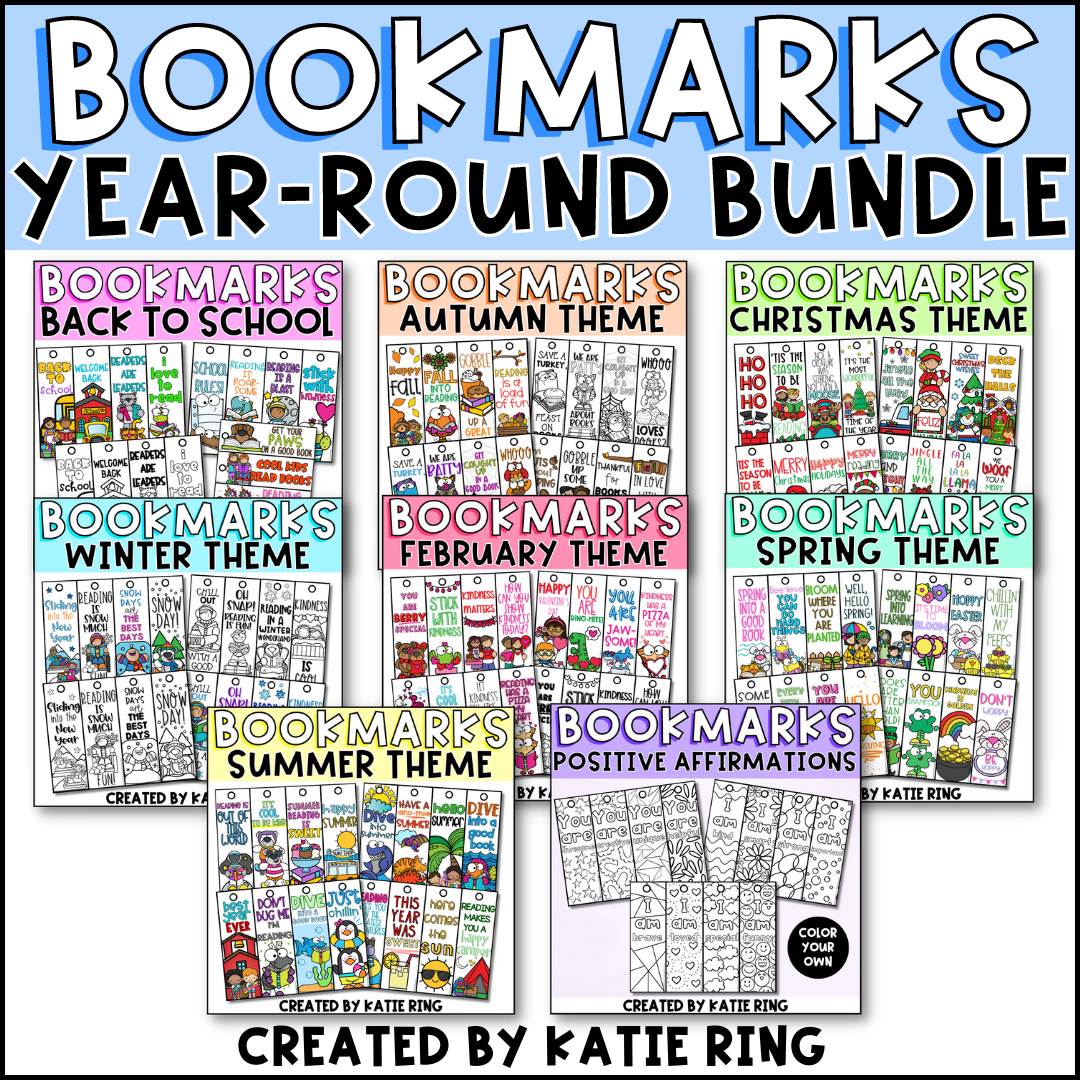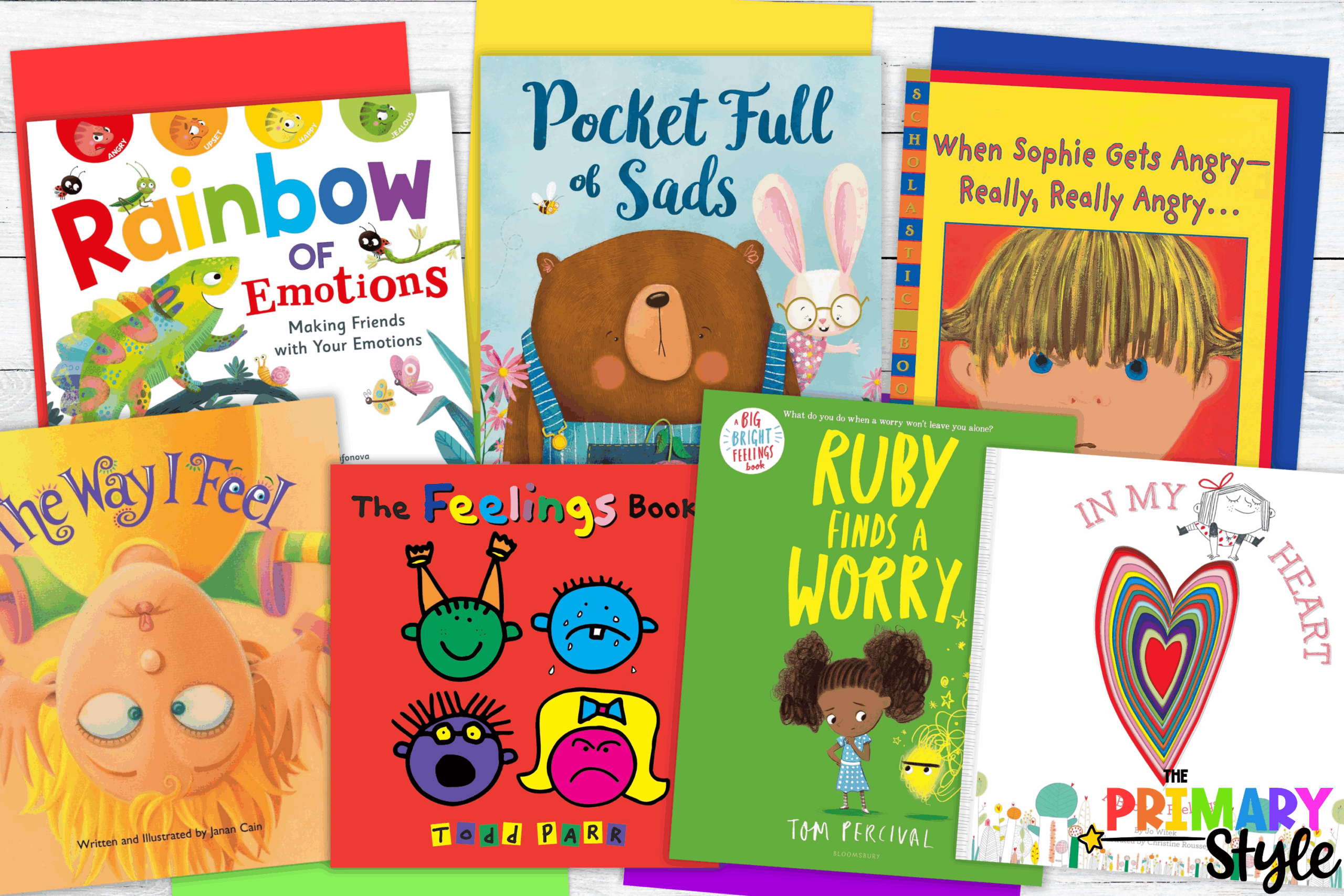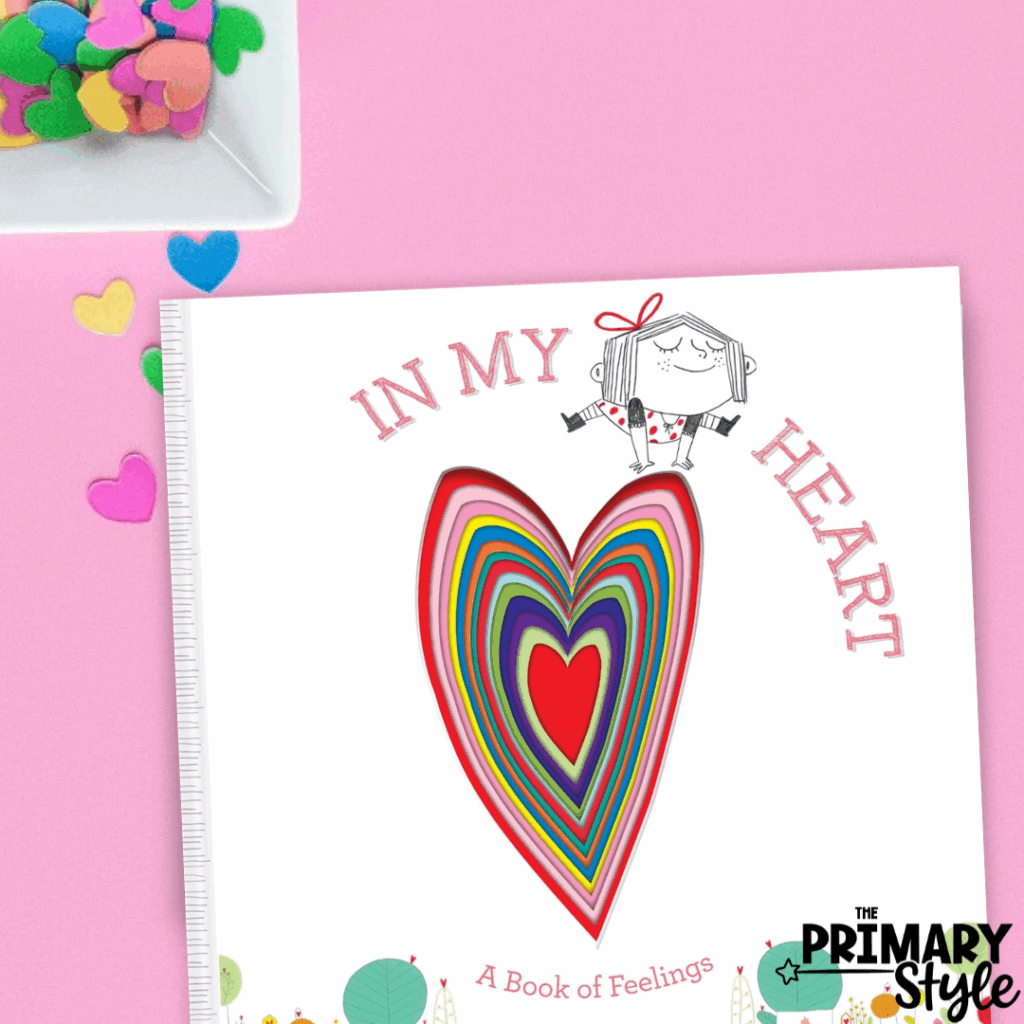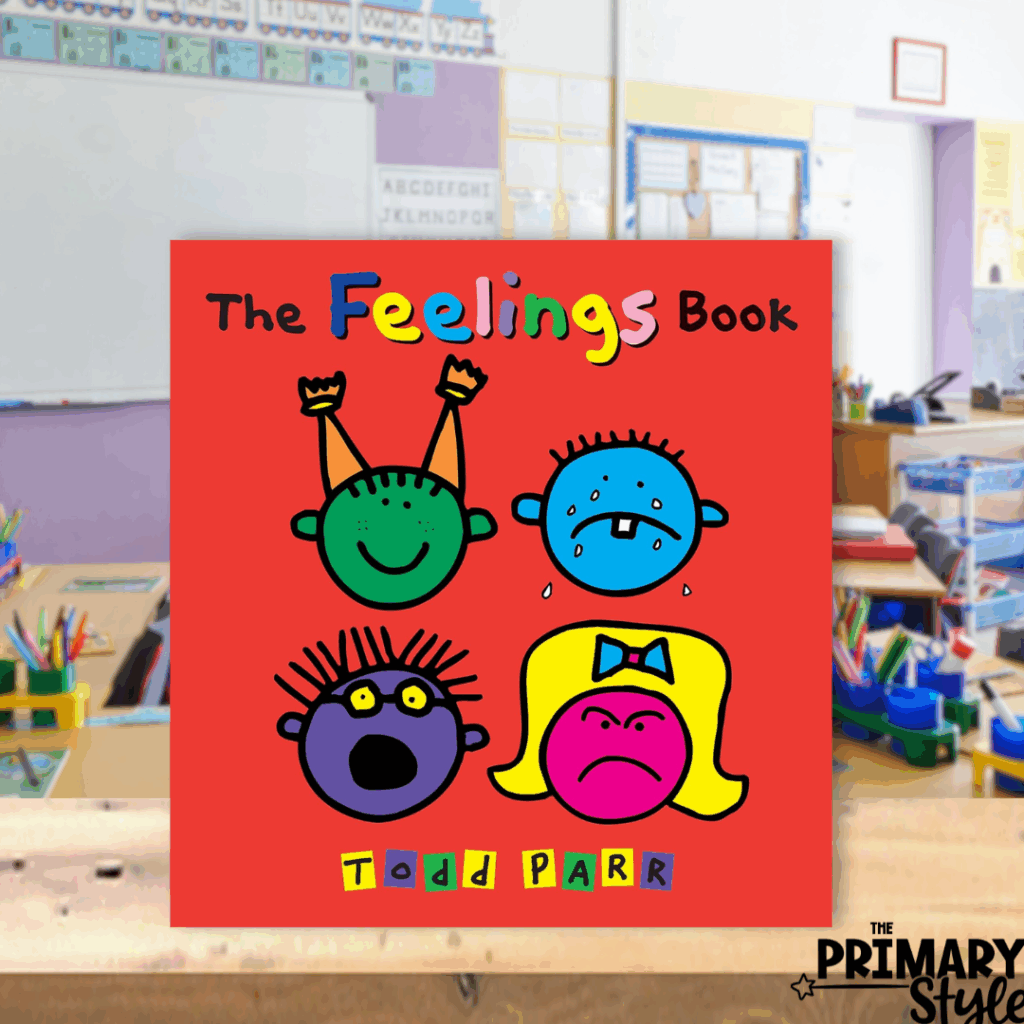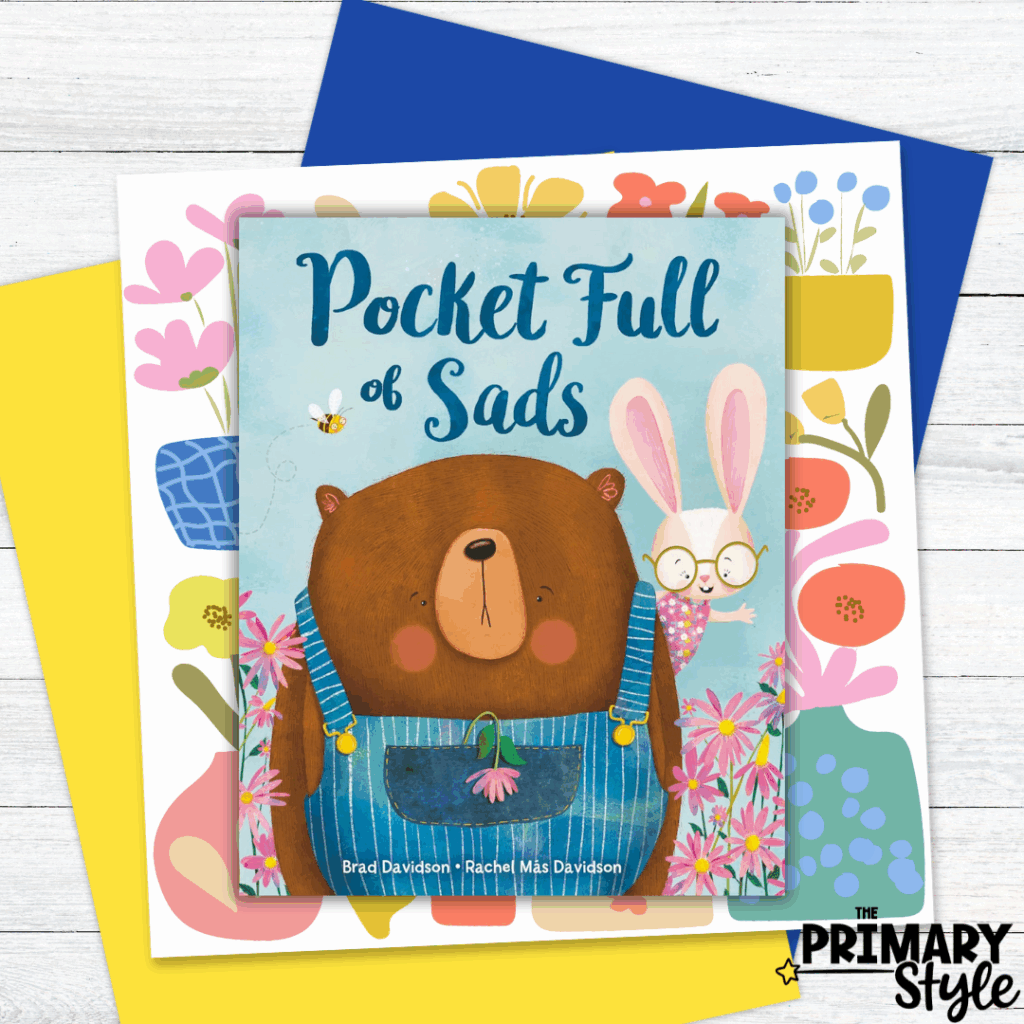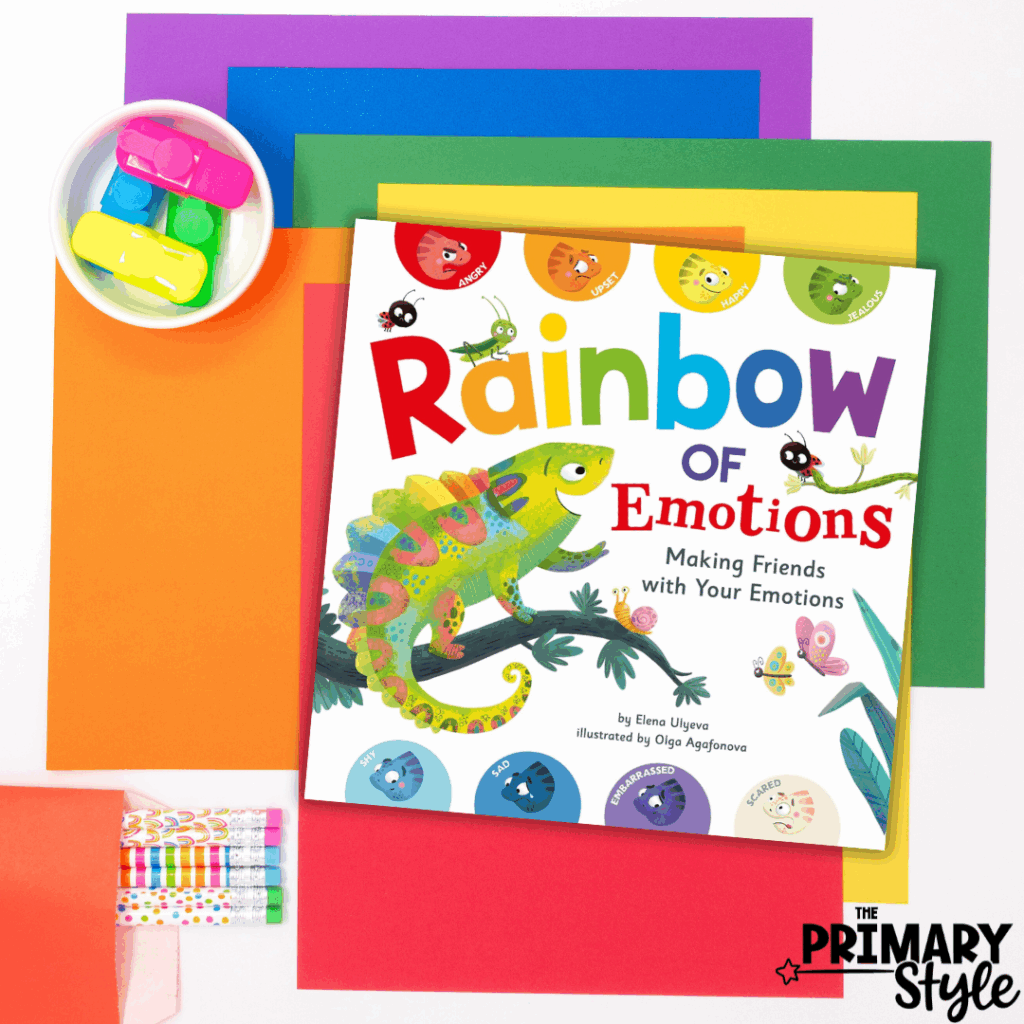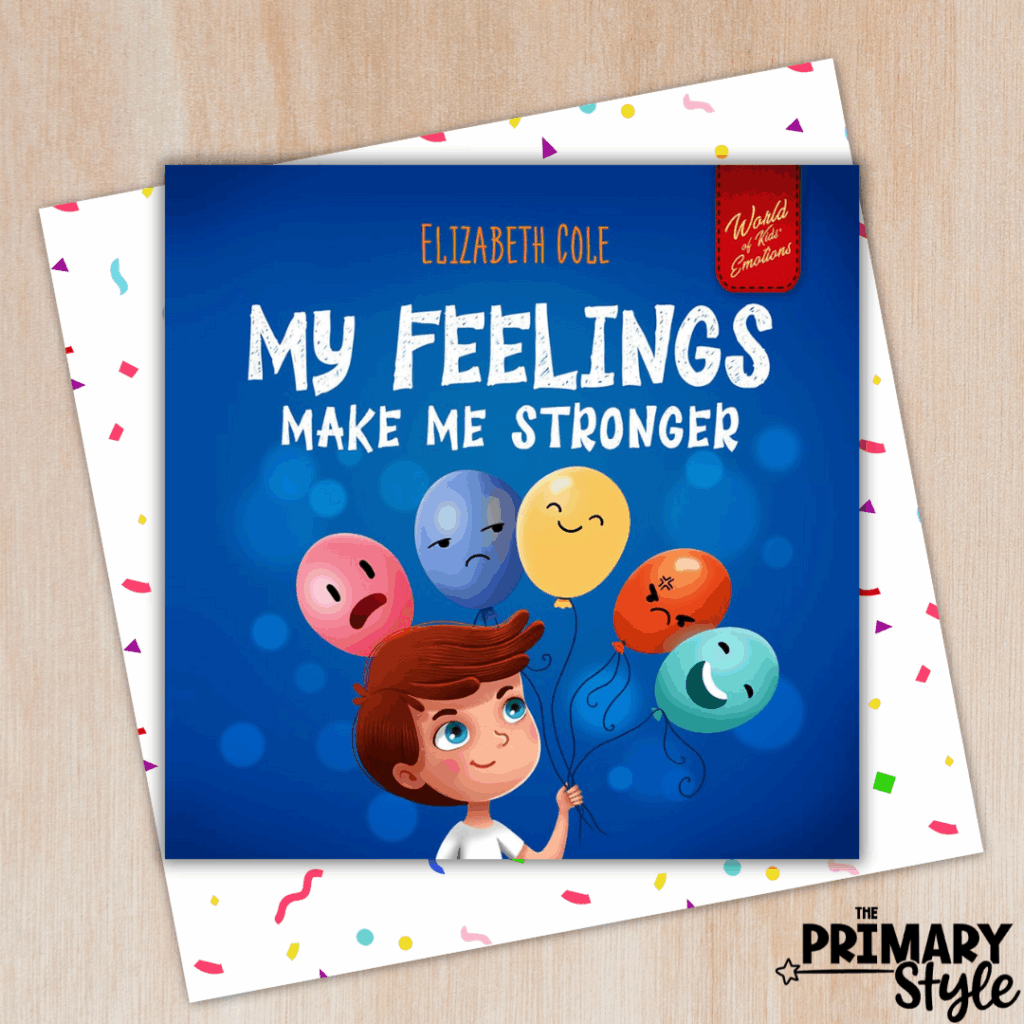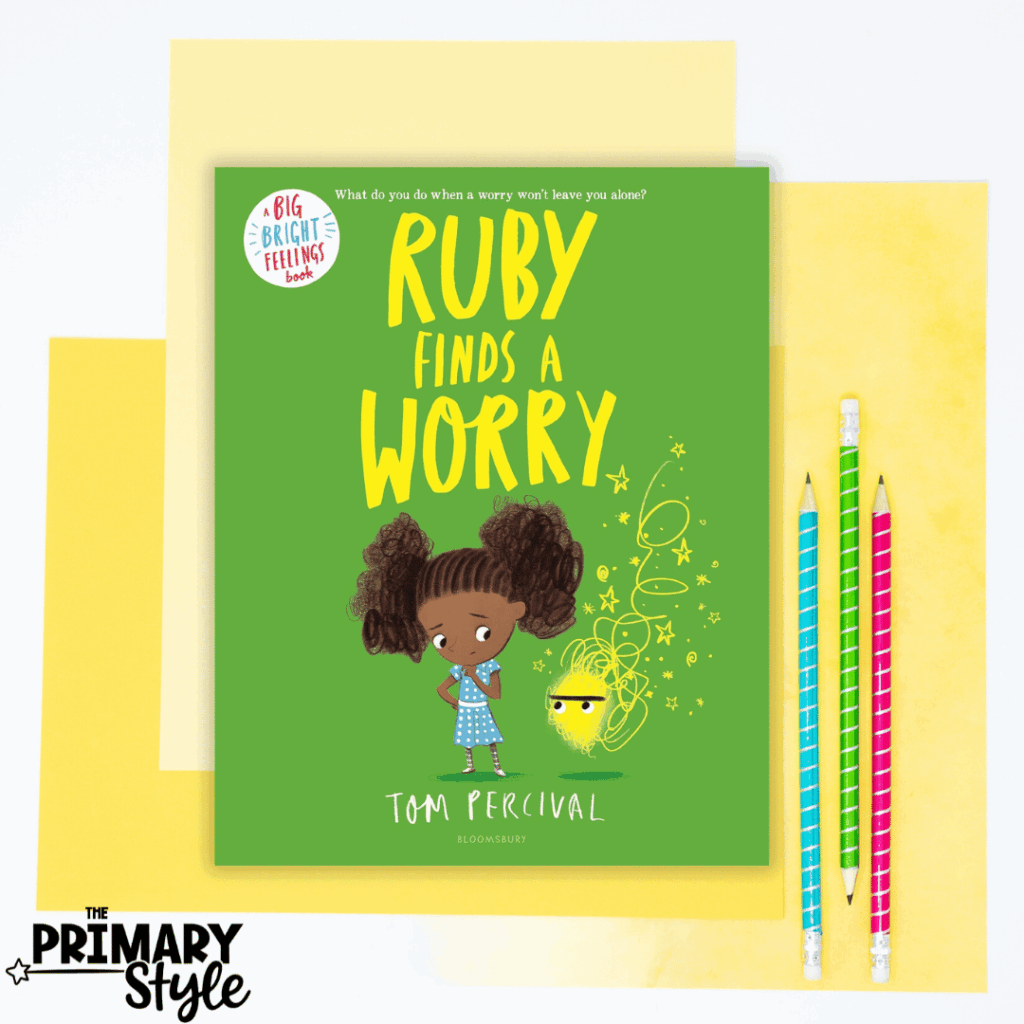Teaching young students about feelings and emotions is so important! As a primary teacher, you may be looking for an effective way to cover emotions in your classroom. If so, you’ll love what I’m sharing today! Let’s chat about some of my favorite picture books for teaching about feelings and emotions as well as some fun ideas to use them.
Why Teaching About Feelings and Emotions is Important
In the early years, our young students may struggle to express emotion in an appropriate way. By covering different types of feelings and reactions in your classroom, you can help students develop important emotional regulation skills and prepare them for social situations throughout their lives. Over the years, I have found that picture books are a great way to teach about feelings. There are so many engaging books out there that will capture students’ attention and open up the conversation around managing difficult feelings. Ready to see my favorites? Let’s dive in!
The Way I Feel by Janan Cain
This book is a great one to start with since the author’s goal when writing it was to help children effectively name their emotions and understand what each one represents. This book also does a great job of taking the negativity out of certain emotions and, instead, helping children understand that they are not good, nor bad, but simply a part of who we are. Sometimes we feel happy, and sometimes we feel sad; both are completely okay.
This book is filled with bright, beautiful illustrations and fun little rhymes to describe each emotion. After reading each page, ask the children to consider what a face for that emotion might look like. You can also ask them to think of a time when they felt happy/sad/mad and why. Talking through these things as you read aloud can be a really great way to identify emotions and help children gain a deeper understanding.
When Sophie Gets Angry…Really, Really Angry by Molly Bang
Anger, in particular, is a challenging feeling for many children. When kids feel angry, it can be hard to know how to work through that feeling in a positive way. That’s where this book comes in beautifully! In this book, Sophie, a young girl, is learning to manage the feeling of anger. This book talks about things that make her angry, such as when her sister takes her toy, and how she feels when this happens.
The book covers some of Sophie’s initial reactions to anger and the consequences that follow. Then, children will follow along to see how Sophie processes her feelings and some things she does to feel better. I love this book because it shows children that it’s alright to feel our feelings – even anger. After reading, consider talking through this concept with your students and coming up with some ways to express anger in a way that’s appropriate and healthy.
In My Heart: A Book of Feelings by Jo Witek
An important piece in helping children fully understand emotions is to describe the way they make us feel. When we’re happy, we might feel physically lighter and practically ready to bounce down the street. In contrast, anger can weigh us down and make us feel stuck. Detailed descriptions are essential for helping kids sift through these different emotions and really understand the differences between them.
In My Heart: A Book of Feelings does an excellent job of describing the physical feeling that comes along with each emotion. As students listen to this story, they will also be encouraged to articulate their own feelings and identify the signs of each one. This book is definitely worth reading in your classroom!
The Feelings Book by Todd Parr
This cheerful and colorful picture book is a classic that you’ll definitely want to include in your lessons about feelings and emotions. This book is brightly illustrated and offers a playful and fun approach to emotion. Inside, students will learn about some of the more basic emotions as well as some of the nonsensical ones.
Each page has a colorful illustration to go along with the feeling named and further help students understand what it “looks” like. After reading, I like to have kids make their own book of feelings. This is really easy to do and a great way to expand on what you’ve learned. Make some simple books by folding paper as shown here, and then have students write a word and an illustration on each page. They can choose the emotions they’d like to include for a personal touch.
Pocket Full of Sads by Brad Davidson
Sometimes, when we feel sad, it’s hard to put a finger on exactly why. This book aims to help kids explore this concept in a humorous and entertaining way. Follow along as Rabbit tries to help his friend Bear understand why he’s feeling sad and how to start feeling better.
As the friends try to solve this problem together, Rabbit suggests many different possibilities to improve his mood. When nothing works, what will they do? Follow along to find out and help students process the heavy, difficult emotion of sadness. Best of all, this book weaves in suggestions for how we can be better friends and listeners to help those around us process and feel their feelings, too.
Rainbow of Emotions: Making Friends with Your Emotions by Elena Ulyeva
This next book is about Cam the Chameleon and how he changes colors depending on his emotions. As Cam wanders through the jungle, he is in search of someone who looks and acts just like him. But as he meets different animals, his emotions change, and so does his color!
This book explores the many different emotions we feel from day to day and how we each experience them in a unique way. Not only will this book help to teach children to identify their feelings, but it also focuses on individuality and being ok with the big feelings we feel each and every day! I know you and your kids will love learning about emotions with Cam!
My Feelings Make Me Stronger by Elizabeth Cole
One of the most difficult things about teaching children about feelings is helping them understand that they are neither good nor bad. As humans, we tend to want to hide negative emotions rather than feel them in a way that’s productive. This book is a kid-friendly way to help your children learn to identify and process their feelings in a positive and healthy way.
Follow along in this story as the main character, Nick, works on recognizing his emotions. A wide range of emotions is covered here, including frustration, fear, worry, shyness, happiness, sadness, and angry feelings. Students will love the rhyming text and descriptions for each emotion. Not to mention, the practical skills for dealing with each emotion will be super helpful when it comes to social-emotional growth in your classroom!
Ruby Finds a Worry by Tom Percival
Worry is an emotion that is difficult for young students to process. In this book, Ruby Finds a Worry, you’ll be able to approach the feeling of worry in a child-friendly and meaningful way. I love the way this book describes how worry starts out small and grows a little larger each day until it’s something we’re thinking about constantly. This book introduces anxiety to young children in a way that’s relatable and helpful.
Your kids will love listening in to learn what Ruby is worried about and what she does to feel better about her worries. As the story goes on, she discovers the best way to reduce her worry is to talk it out with someone else. This is a great opportunity to let your kids brainstorm people in their life they can talk to about difficult emotions. Having this conversation before the worry manifests will help your students be prepared when it comes!
Have Fun Reading About Feelings and Emotions In Your Classroom
I hope you enjoyed this roundup of picture books about feelings and emotions. This is such an important topic to teach, and I know you will see the benefits of it in your classroom! To help deepen your lessons on feelings, don’t forget to try some of the follow-up activities mentioned in this post after reading. Here are those ideas again, along with a few more:
- Ask kids to make faces for each feeling
- Ask kids about a time when they felt certain feelings
- Make feeling books with vocabulary words and illustrations
- Use watercolors to paint different emotions
- Talk about adults that students can come to with their feelings
- Brainstorm healthy ways to show feelings
- Make feeling different emotions safe in your classroom
This topic is a lot of fun and will set the stage for some interesting conversations in your classroom. So, have fun reading the books and exploring feelings and emotions with your kids! And. . . if you’d like more books on this topic, you can find them on my Amazon Book List.
Looking for More Read Alouds?
I love picture books! Here are some more popular book lists from the blog:
- Shark Books for Kids
- Summer Picture Books for Kids
- Introducing Young Students to Women’s History Month with Picture Books
Save This Post
Pin it now so you’re ready for your next SEL lesson!

